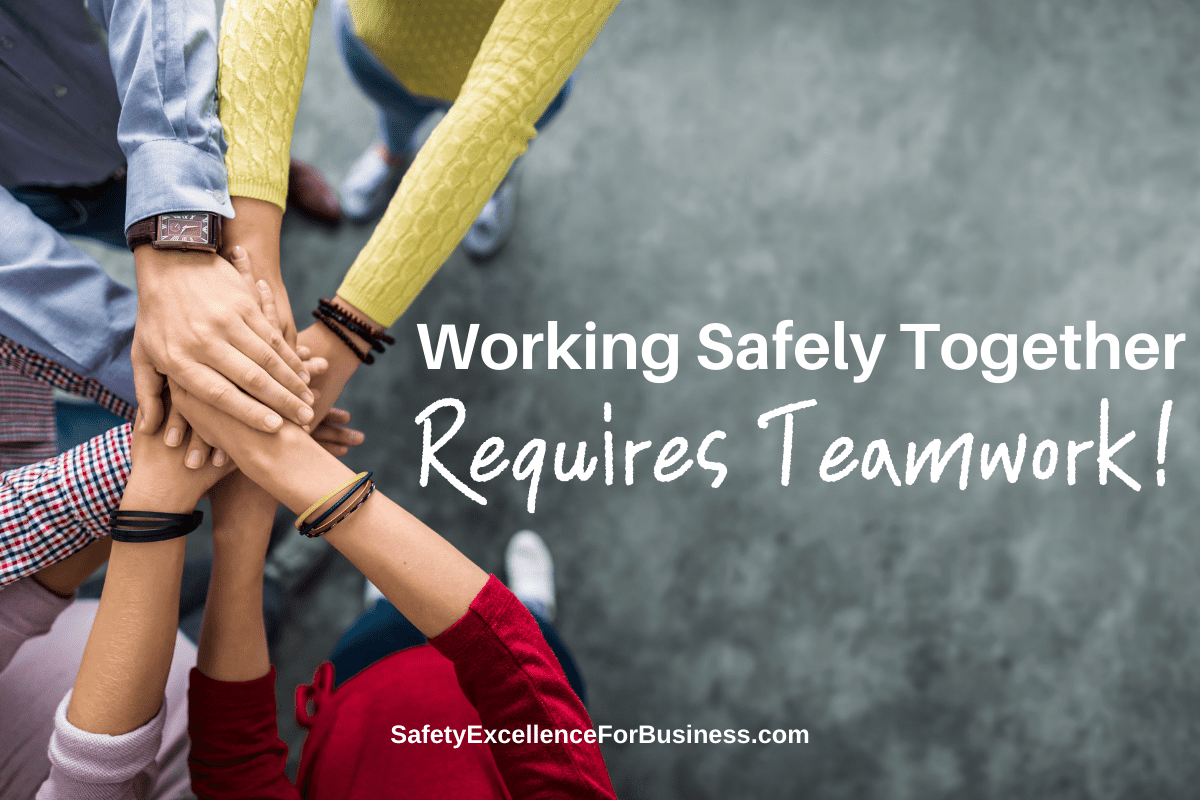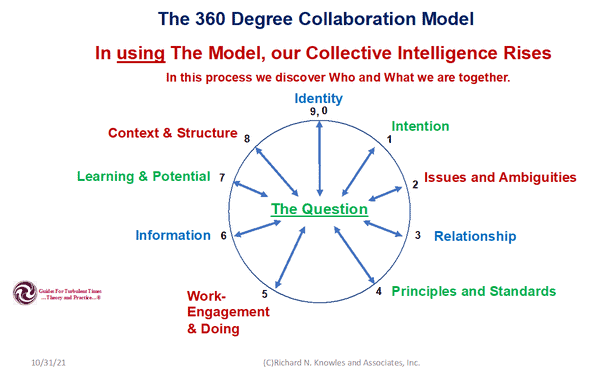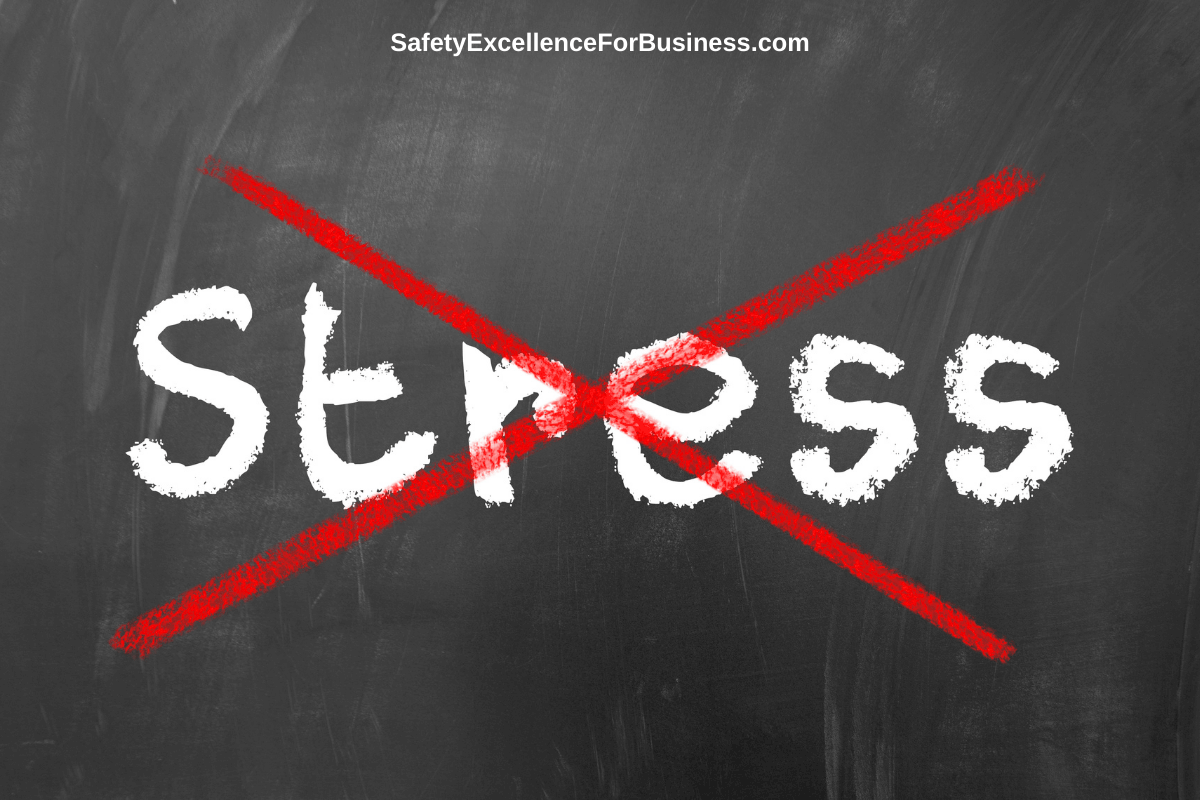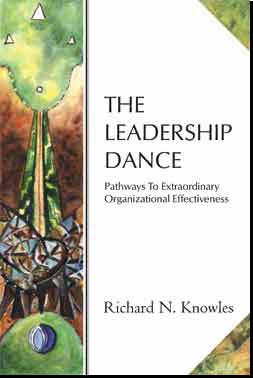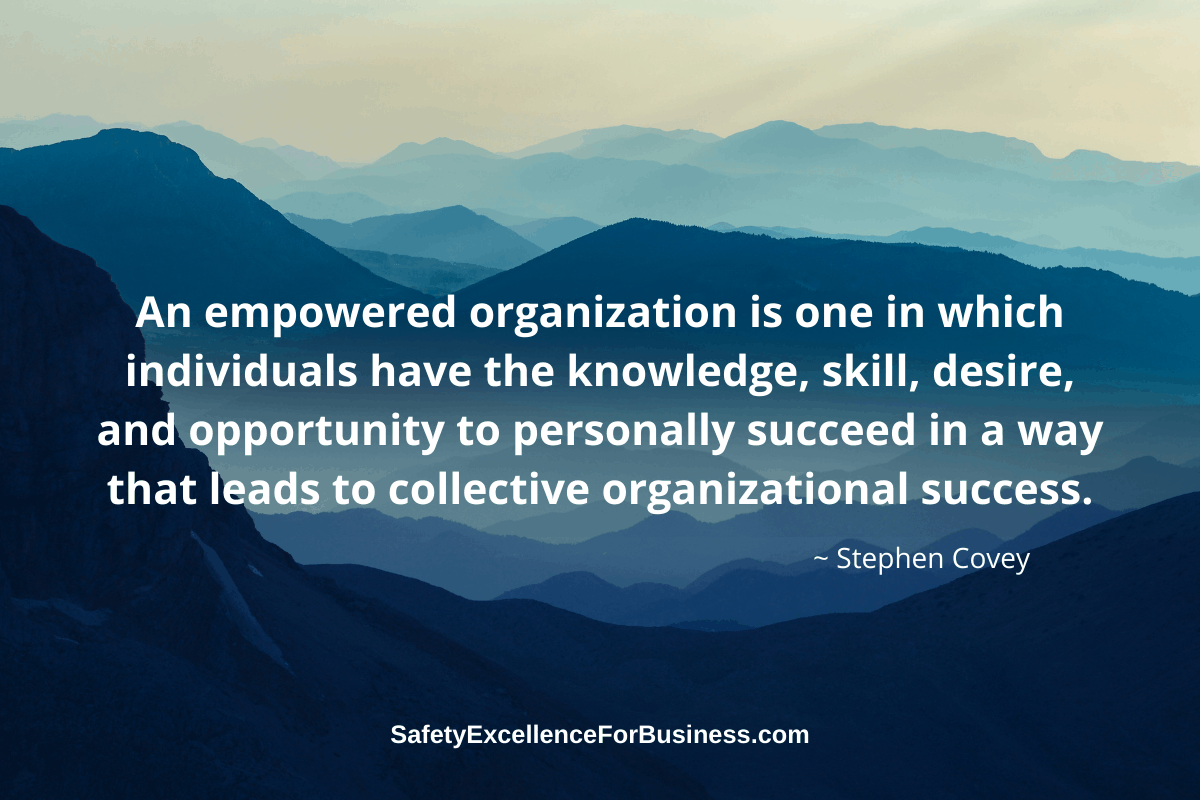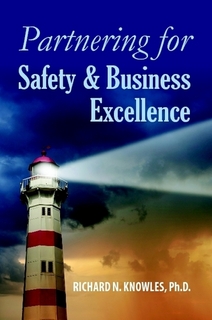In many of my safety blogs, I have emphasized the importance of conversations so we can all learn and grow together.
The conversations brought us all together and helped us to achieve excellent business and safety results. As we became increasingly successful in our work, we introduced a new safety audit we called The Safe Acts Audit. It is very useful and powerful; we used it extensively.
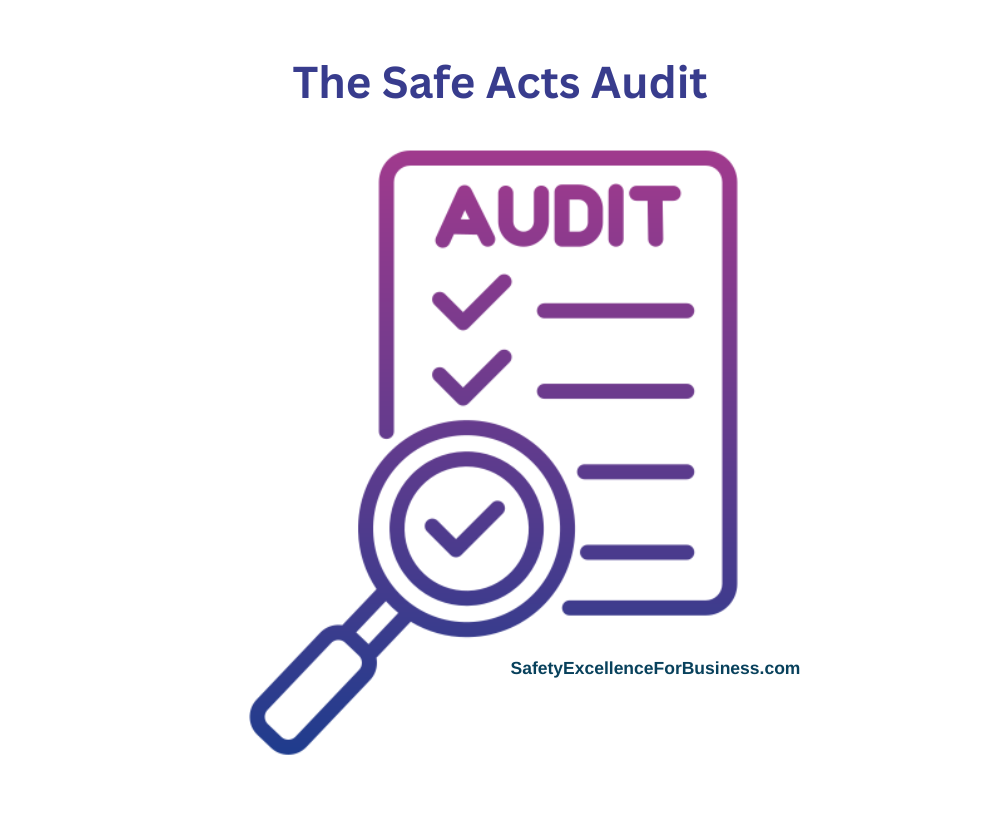
Each week, the safety team of 2-3 people would walk out into the plant among the people, looking at how they were working. We wanted to observe people doing things right.
The auditors would just walk among the people and watch. They did not stop to talk; they just cruised around the plant at random times for about an hour, 2-3 times each week. They would observe 40-60 people each time, and if (by chance) they saw anyone working unsafely,* they would deduct a point or two from the beginning Safe Acts Index number of 100%.
(*Certainly, if the observed behavior of working unsafely was blatant, the person’s supervisor was immediately notified to prevent a potential injury; however, the intent of the audit was purely to observe and record what was being done correctly. It’s a whole different type of audit when you’re looking for the good things, not the negative.)
Most of the time the Index would indicate that 95-98% of the observations were of people working safely. It gave us a very easy way to sense what was happening. We also found that it was an excellent leading indicator. The Safe Acts Audit is not to be confused with a Gemba Walk. Remember, this Safe Acts Audit was simply to observe people, and to record the number of observations of people working safely – that’s the bottom line.
After a year or so, most of us did Safe Acts Audits every time we went into the plant. These were mostly impromptu, and the official Index number was the one generated by the safety people. There is some subjectivity in doing this audit so we thought that the official number should be generated by the same people to reduce the variability of the Index.
Using the Safe Acts Index
Over time, we realized that the Safe Acts Index was a sensitive, leading indicator of the safety climate.
If the Index fell in any audit by 5-10%, there would likely be a recordable injury within the next 3 days. We had to immediately raise everyone’s awareness of the potential, and the need to work more carefully. We did this in several ways.
One way was to put a traffic stop light at the pedestrian gates; a green light indicated that we were doing okay; a yellow light indicated a drop in the Safe Acts Index; and a red light meant we had had a recordable injury somewhere on the plant. With the yellow light all of us would talk more about the safety and hold better toolbox meetings each day, simply to raise awareness.
Another way to raise awareness was to have all eight of us on the leadership team greet everyone coming into work on each shift for a day, reminding them of the need to be more aware, sharing that our Safe Act Audit numbers were indicating we need to all increase our awareness of doing our jobs safely, and that we do not want to see anyone be injured.
Another way was to publish a safety caution in the emails and newsletters we used. We also put cautions onto the login screens of their computers.
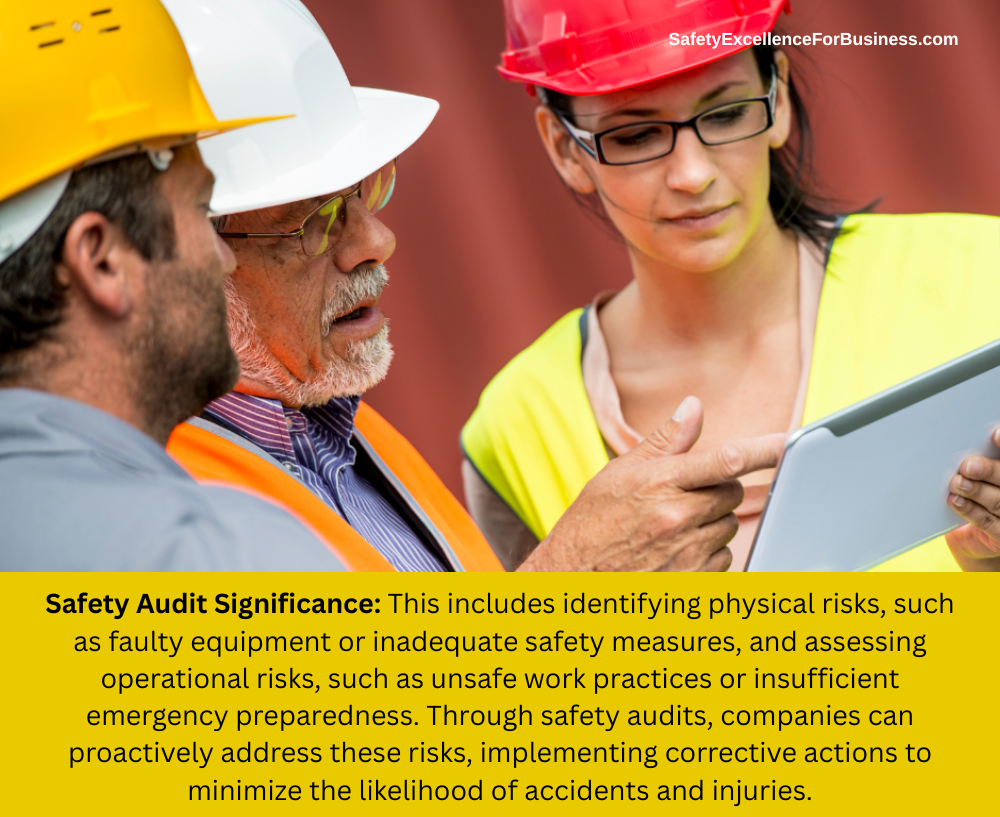
Conclusion
All this communication effort was done with respect and caring. We wanted people to know that we cared and that we all had to work together so we could all go home safely to our families.
Doing the Safe Acts Audit was easy and a highly effective part of our total safety effort, contributing to helping us reduce our injury rate by about 97% in four years. It was a positive audit – seeking to raise people’s awareness to do our work safely and to watch out for each other.
There were 1,100 people working at the plant, so using our safety index as a way to look at our performance was reliable. By working together to improve our total performance, including safety, we did not suffer the problem of under reporting, but we kept a keen eye on that potential, so it did not develop.
If you’d like to know about how important this Safe Acts Audit process is or how you could adopt it for your organization, please give me a call at 716-622-6467.
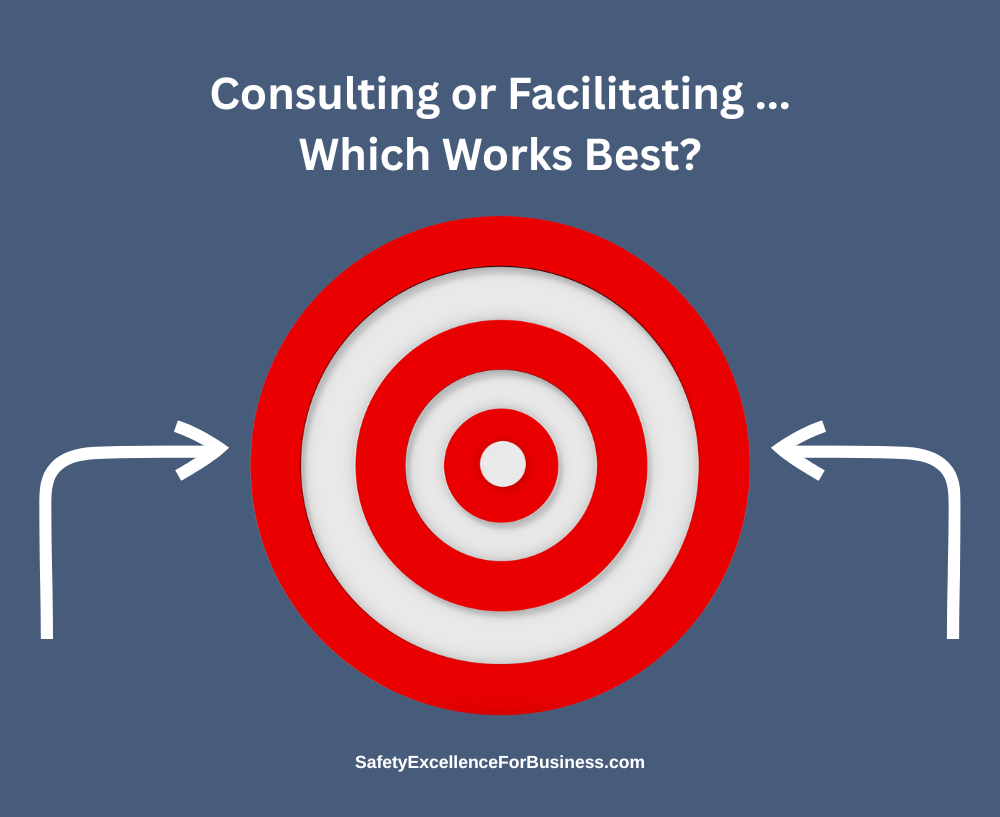
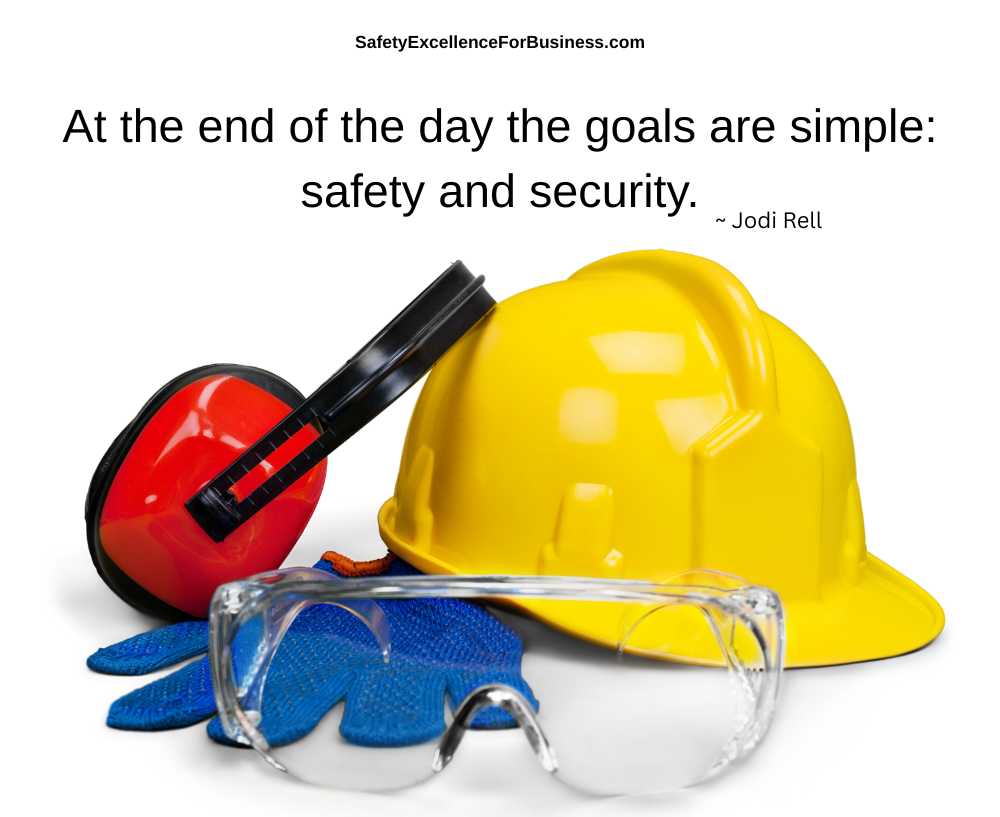
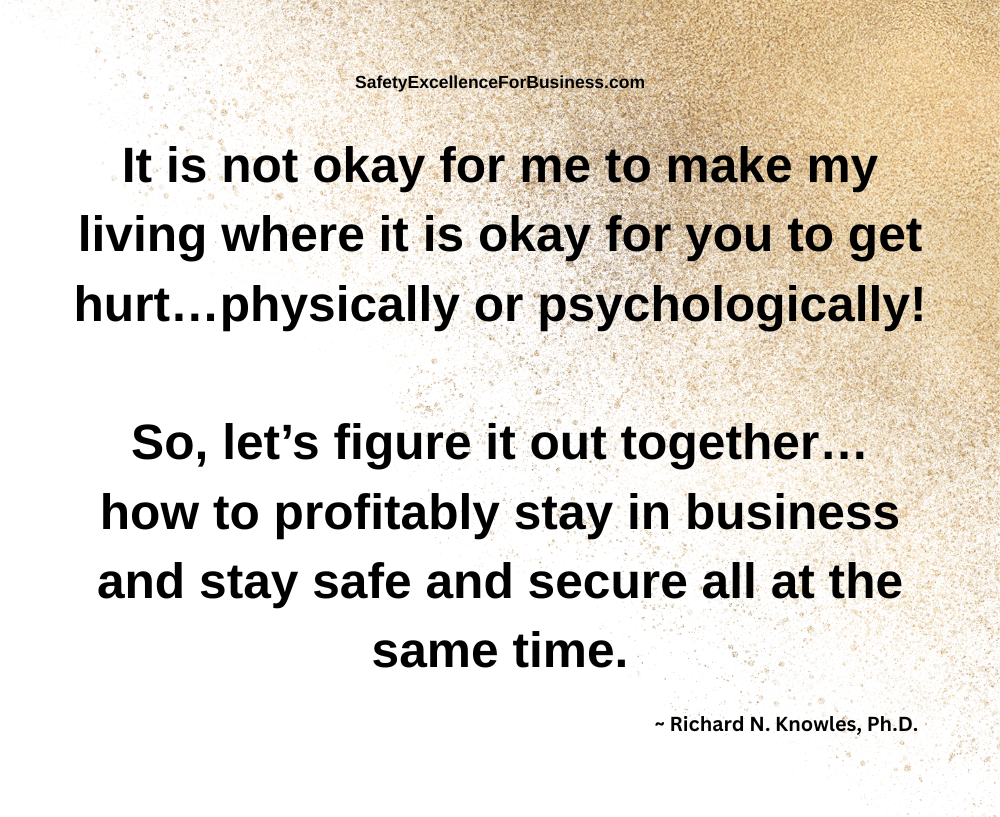
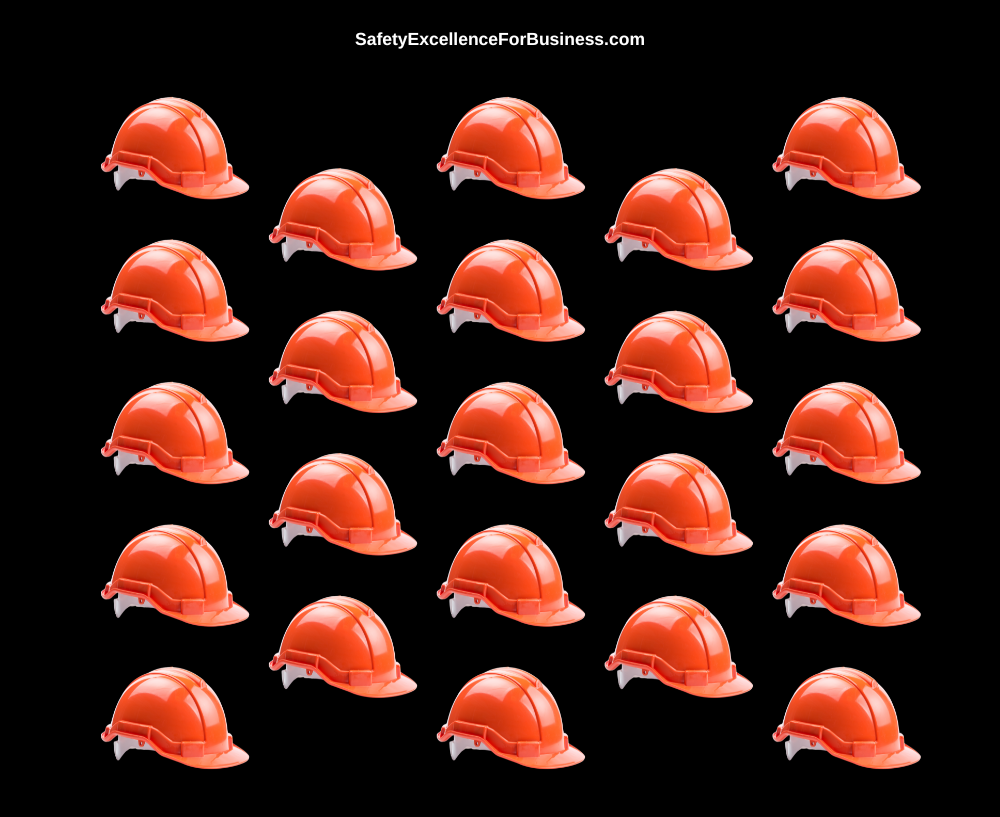
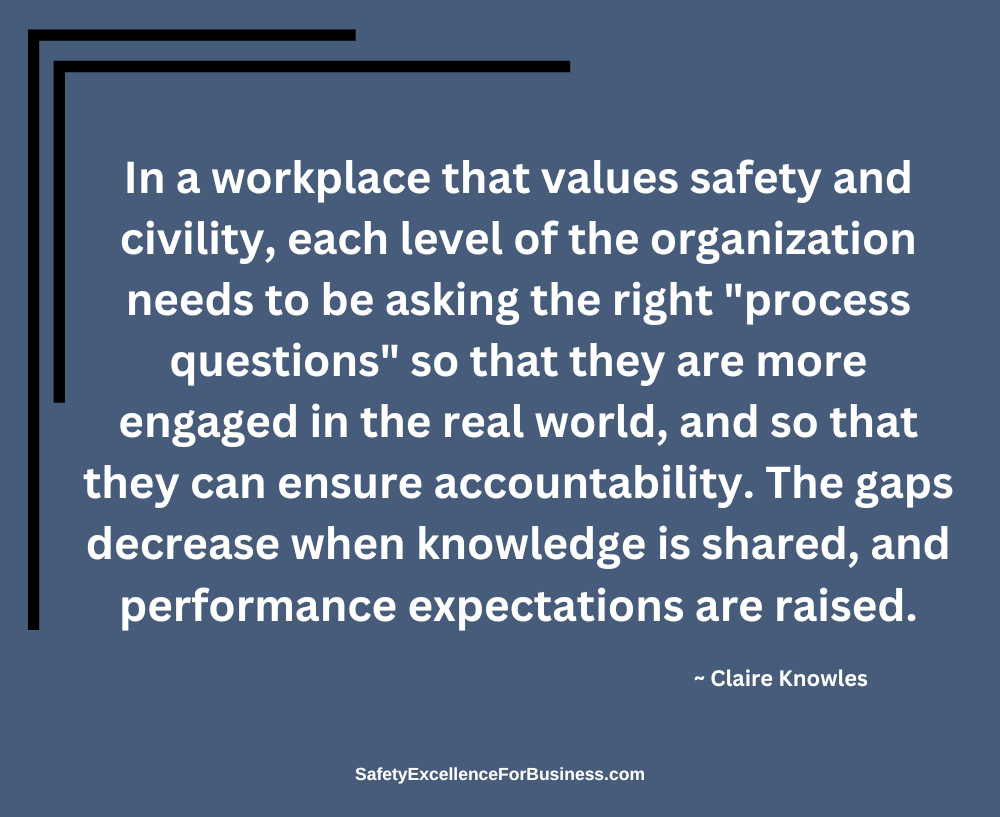
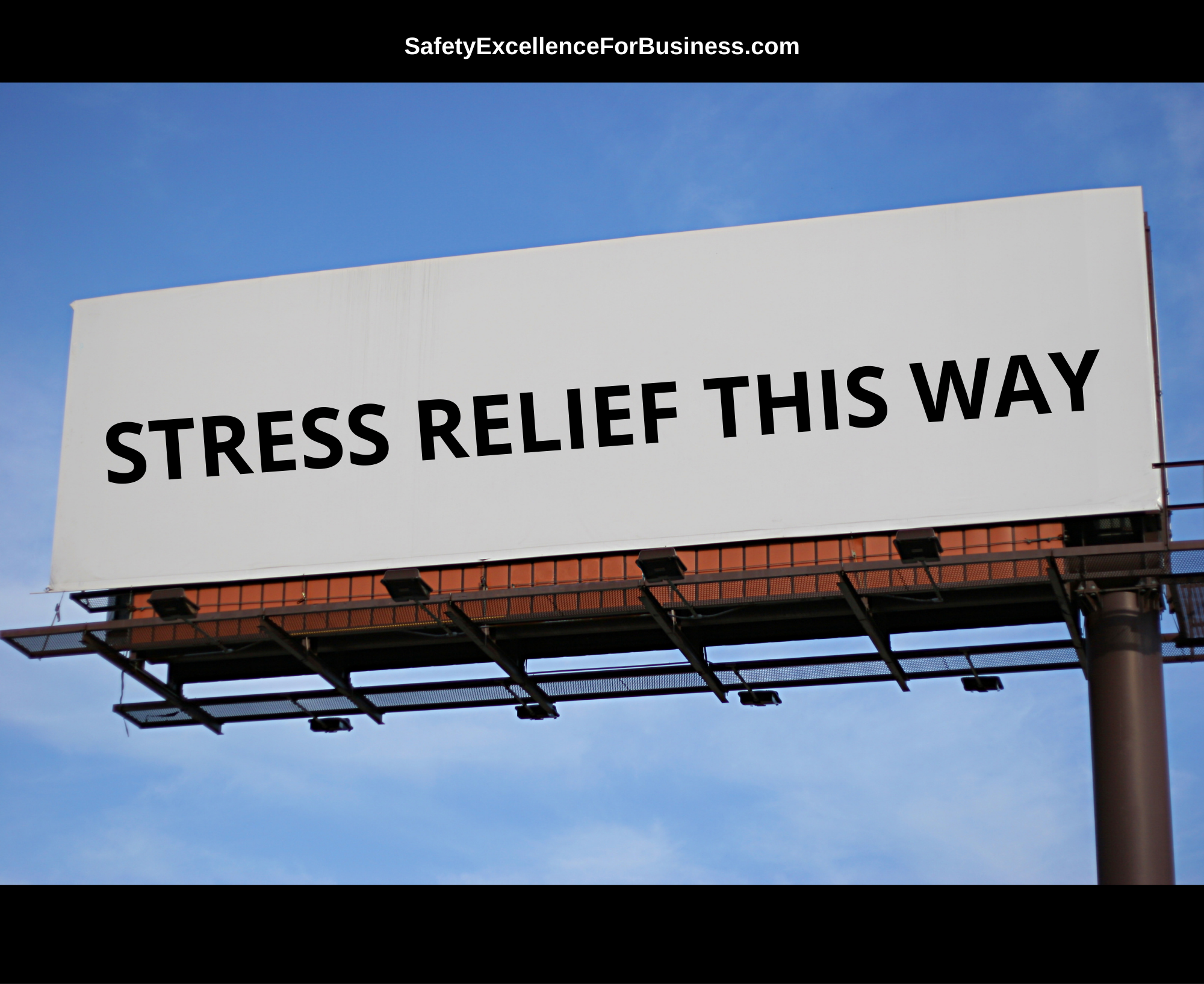
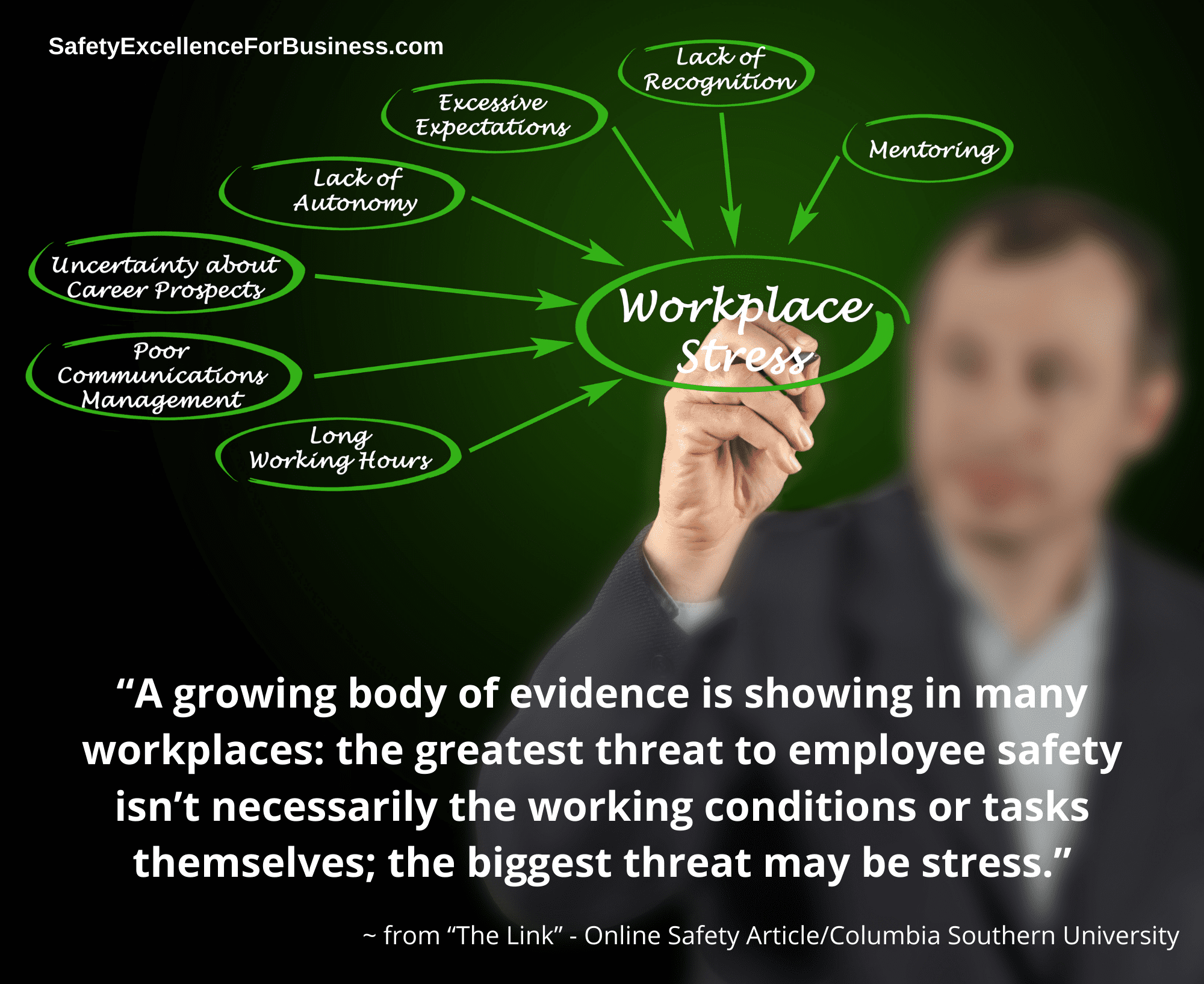


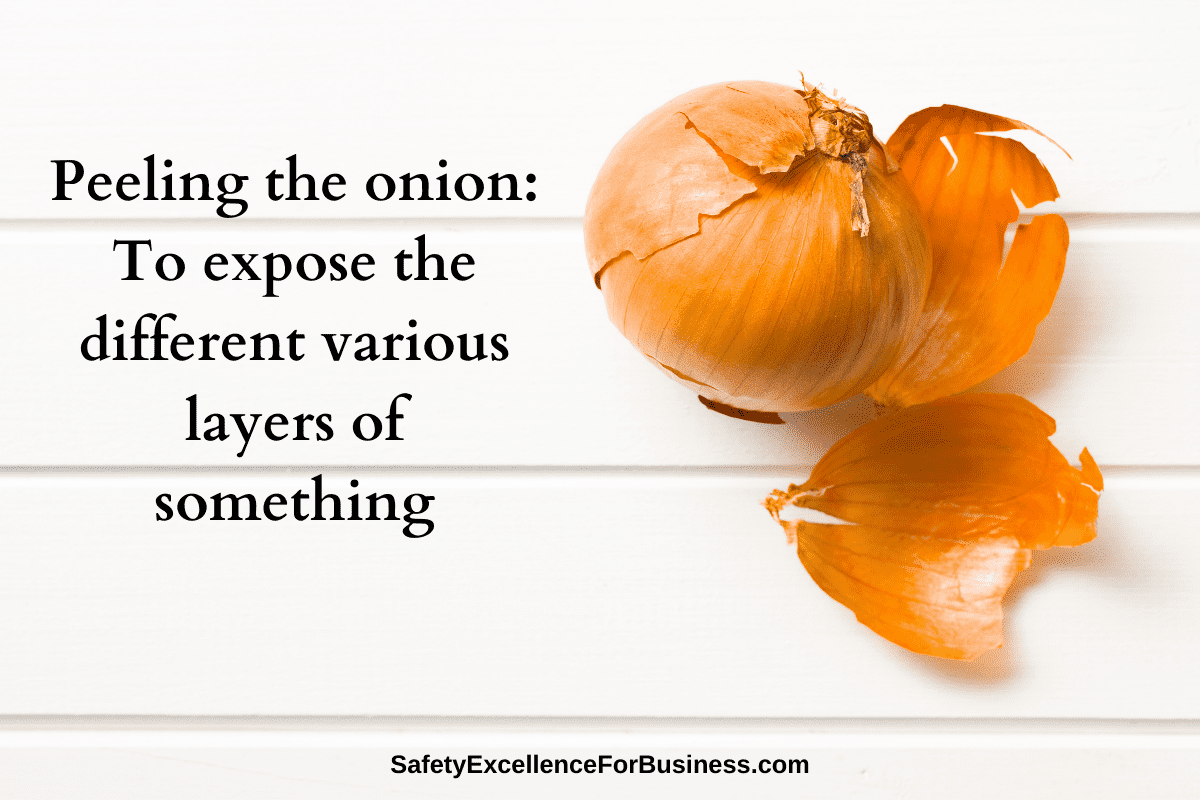
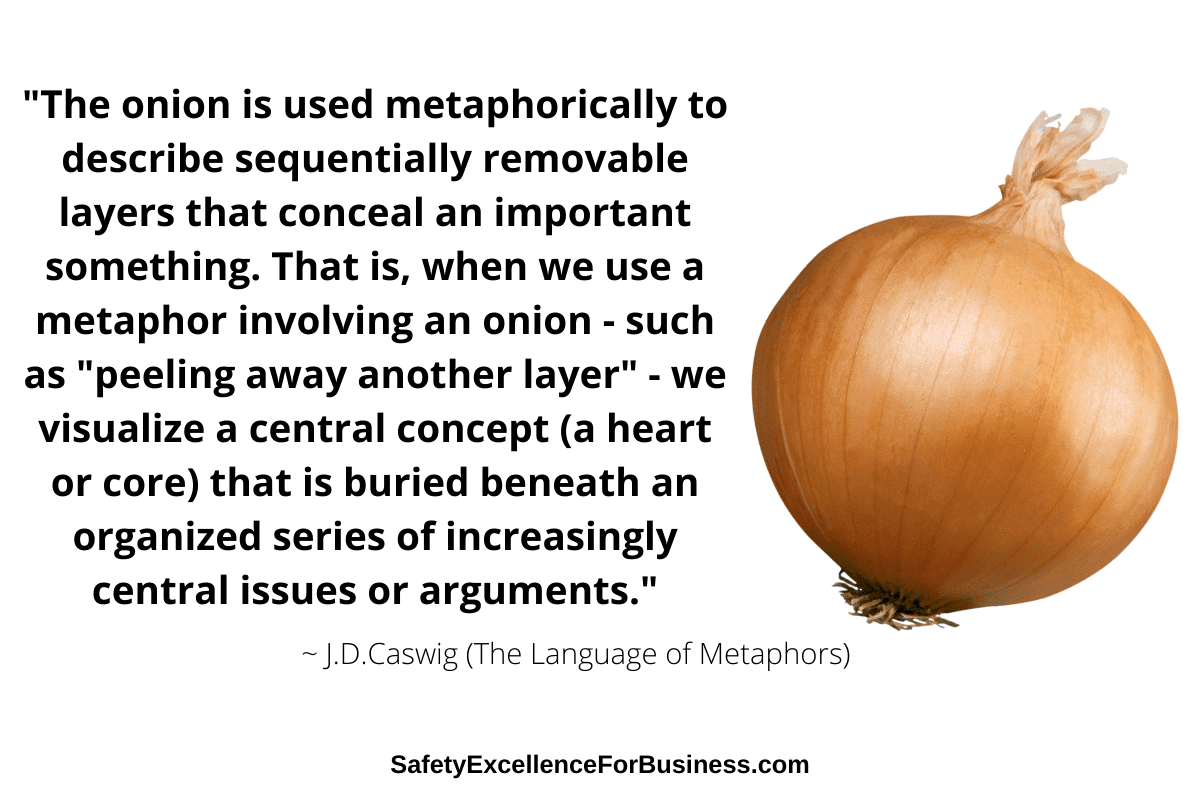
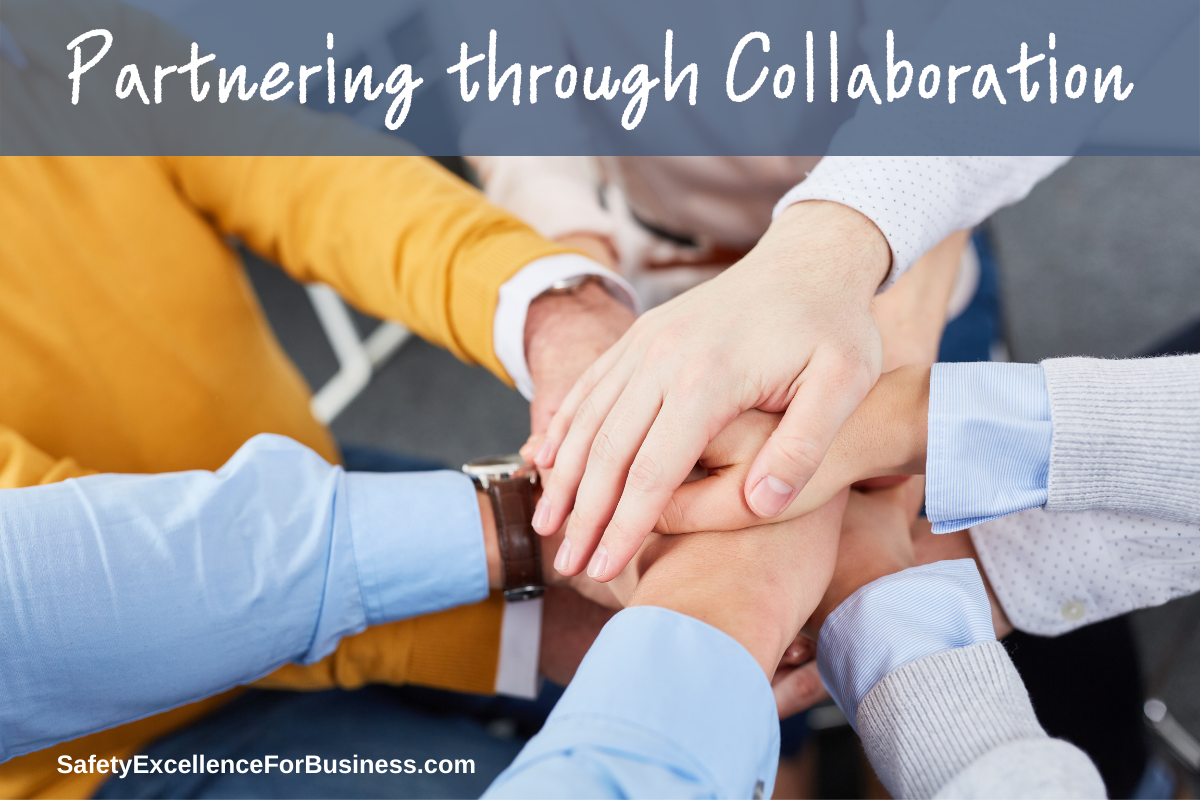
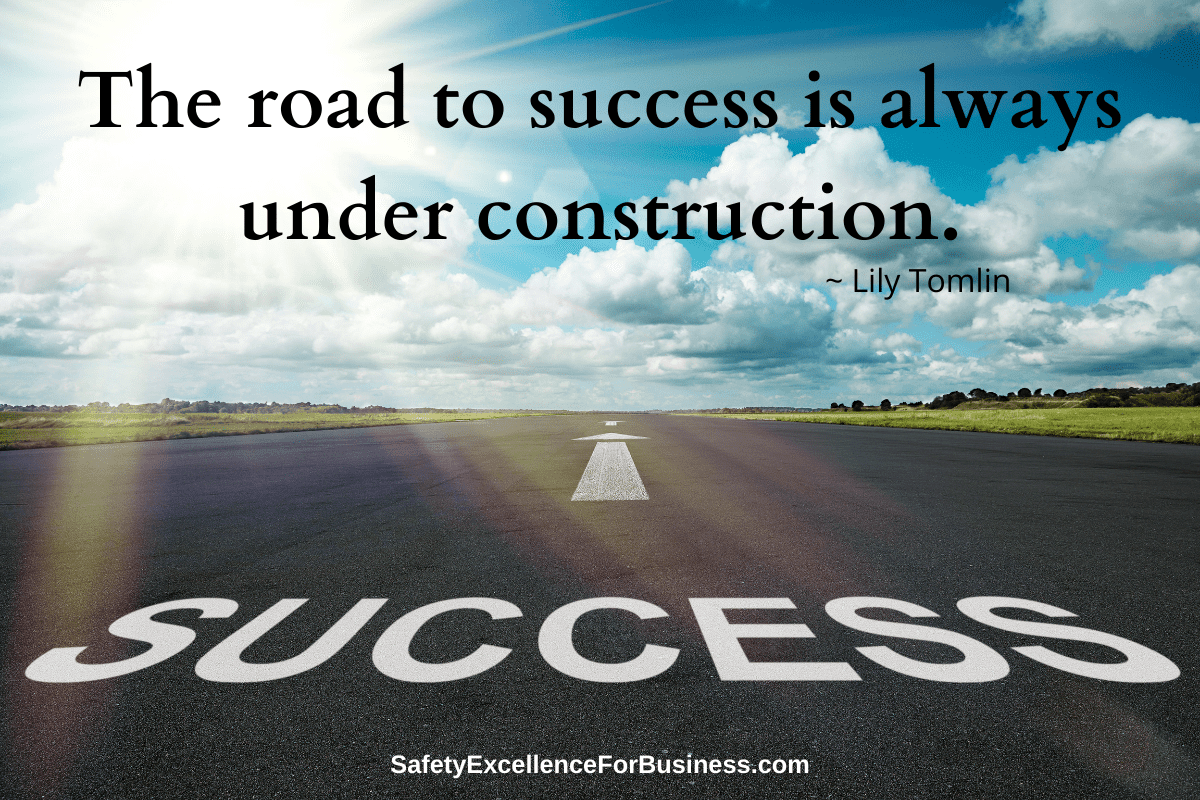 The goal is to get through all this safely, keep your people and business thriving and active, building stronger relationships for partnering and working together. This is a tough challenge, but who knows your workplace and the people better than you. You can work things out together.
The goal is to get through all this safely, keep your people and business thriving and active, building stronger relationships for partnering and working together. This is a tough challenge, but who knows your workplace and the people better than you. You can work things out together.